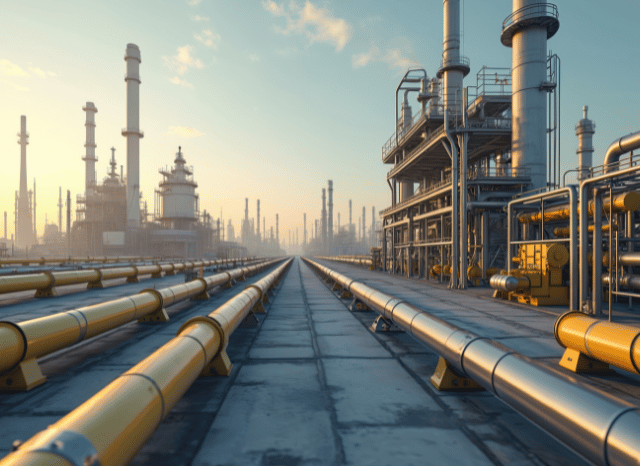From Desert to Port: How Oman's Green Hydrogen Could Electrical power Germany’s Long term

Oman, Germany, and also the Netherlands have signed a groundbreaking agreement that could reshape Europe’s Strength landscape, ushering in a brand new era of environmentally friendly hydrogen imports from the center East.
A Daring move in the global Vitality transition is getting form concerning Oman and Europe. A historic agreement signed earlier this year paves the way in which for on the list of globe’s very first massive-scale hydrogen corridors—linking Oman’s wide renewable means to Germany’s industrial hubs by using the Netherlands.
The Main of this initiative is inexperienced hydrogen—produced by splitting water via electrolysis powered by photo voltaic or wind Electricity. This way of hydrogen has attracted international desire for its opportunity to decarbonise sectors which have been if not challenging to electrify, like large transportation, steel output, and Electricity storage.
Oman, leveraging its sunny local weather and impressive national tactic, aims to become a top rated worldwide exporter of environmentally friendly hydrogen by 2030. Forecasts propose the state could generate up to 1 million tonnes of inexperienced hydrogen yearly by the tip of your decade. A essential part of this program will involve liquefying the hydrogen to aid abroad transportation.
Enter the hydrogen corridor: a prepared maritime and logistics route ranging from the port of Duqm in Oman, extending towards the ports check here of Amsterdam and Duisburg. Specialised cryogenic tankers, much like All those Employed in LNG transportation but tailored for hydrogen’s Substantially lower temperatures, will have check here the gasoline. European ports are already preparing the necessary infrastructure to obtain, retailer, and distribute the cargo.
This corridor is not only a logistical feat—it’s a strategic one particular. For Germany, and that is aiming to cut down dependence on fossil fuels and diversify website its Electrical power combine, the imports could support satisfy its target of bringing in ten million tonnes of renewable hydrogen by 2030. The corridor also aligns with broader EU sustainability aims and industrial decarbonisation attempts.
The undertaking’s importance lies not simply in its scale, but in addition in its replicability. Like LNG just before it, liquid hydrogen could soon go across continents, breaking no cost from the constraints of fixed pipeline networks. And Oman isn’t by yourself. Other initiatives—including Spain’s Basque Hydrogen Corridor and also the Central European Hydrogen Corridor—are constructing the spine of a foreseeable future hydrogen economy.
The Basque task concentrates on integrating manufacturing, distribution, and industrial use in just northern Spain. Meanwhile, the Central European route ideas to repurpose existing fuel pipelines to carry hydrogen from Japanese Europe to Germany, further here cementing the area’s purpose during the hydrogen transition.
If productive, these endeavours could mark A significant milestone in decarbonising Europe’s major industries and transportation networks—run by the Solar and wind of distant deserts.